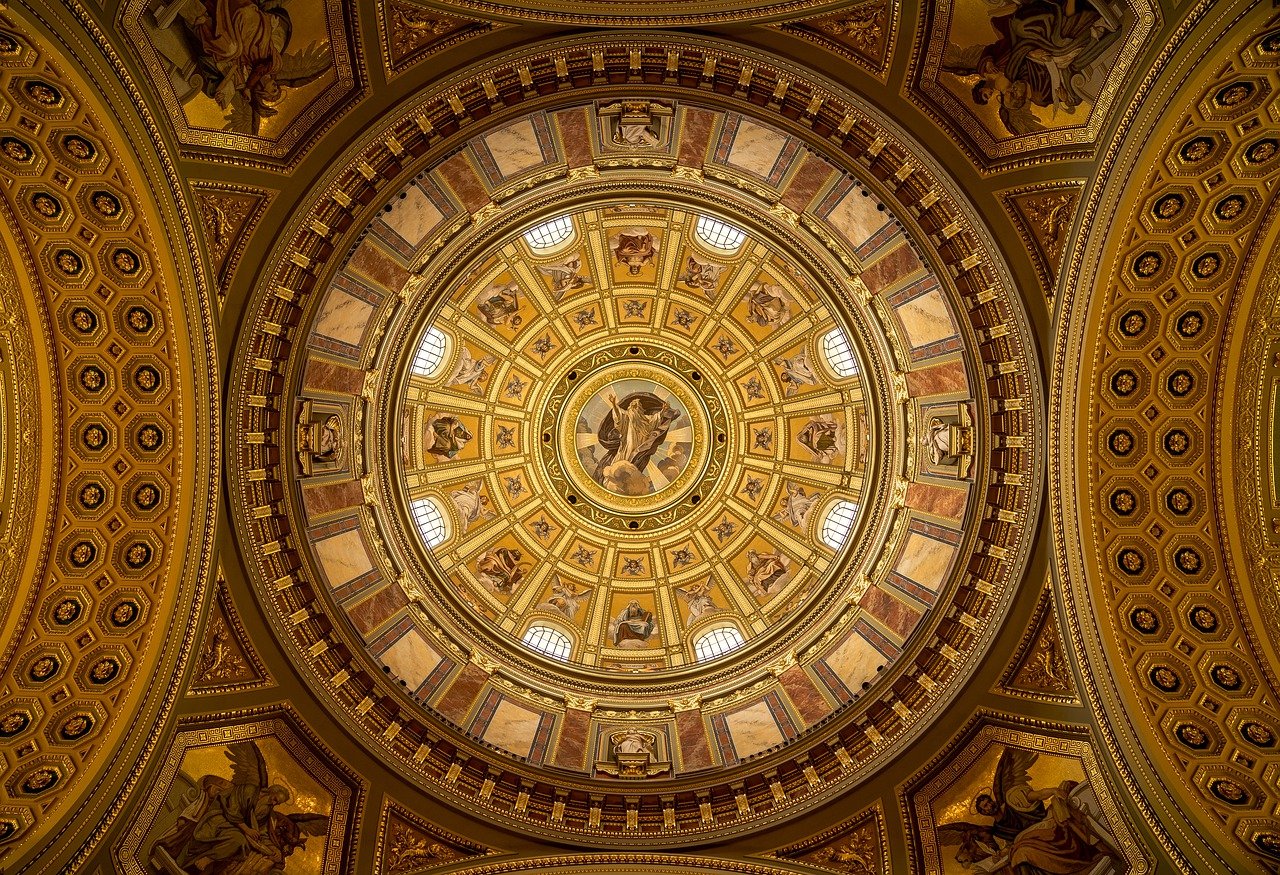Celtic religion encompasses the spiritual beliefs and rituals practiced by the ancient Celtic peoples. Originating from an Indo-European heritage, the Celts experienced a peak in their cultural and territorial expansion around the 4th century BC, spreading across Europe from Britain to Asia Minor. However, starting from the 3rd century BC, their history began to wane, culminating in the loss of independence with Julius Caesar’s military campaigns in Gaul between 58 and 51 BC. While the decline in Britain and Ireland transpired more gradually, the erosion of traditional Celtic culture was an inevitable consequence of political domination. As a result, Celtic languages are currently limited to specific regions in the western parts of Europe, particularly in Ireland, Scotland, Wales, and Brittany—largely influenced by migrations from Britain between the 4th and 7th centuries AD. Thus, the turbulent and often fragmented history of the Celts has played a significant role in how their religious practices and beliefs have been documented.
Sources of Information
Information about Celtic religion is primarily derived from two categories of sources: sculptural monuments tied to the Celtic communities in continental Europe and Roman Britain, and the insular Celtic literature that has survived from medieval times. Both types of sources present interpretative challenges. Many monuments, alongside their inscriptions, date back to the Roman era, reflecting significant syncretism between Celtic and Roman deities. Even where there are discernible elements from pre-Roman traditions, understanding them becomes problematic in the absence of existing literary accounts on mythology.
It was not until the 7th century in Ireland, and even later in Wales, that the mythological narratives were formally documented. By that time, both of these regions had undergone Christianization, and the individuals responsible for recording these tales were monastic scholars. As a result, the literature produced is extensive and diverse yet stands considerably distanced—both temporally and culturally—from its counterparts in epigraphic and iconographic forms on the Continent. This literary output reflects not only the selective nature of the redactors but also their background in Christian learning.
Despite these discrepancies, there are striking parallels between the literature from the insular regions and the evidence from the Continent. This is particularly evident in the accounts provided by Classical historians, starting with Poseidonius (circa 135–51 BC), who recorded their insights and observations about the Celts.



